Archaeological sites
Daphne’ s Club is situated almost in the middle of a golden triangle of Southern Greece’ s most important archaeological sites: Delphi, Olympia, Epidaurus, Mycenae, Nemea, Ancient Corinth…
When staying at Daphne’s Club you are therefore well placed to explore the wonders of Ancient Greece. We suggest you alternate between an excursion day and a relaxation day, taking advantage of both your proximity to historical sites and your proximity to the beach!

Below you will find some of these, arranged by order of distance from our hotel.
Ancient Sikyon (20 km)
A small archeological site, but a very important one. In fact, the theatre of Ancient Sikyon, which you can visit, was among the biggest ones in Ancient Greece. And it is this theatre that, according to legend, witnessed the birth of tragedy. Its new museum is definitely worth a visit!

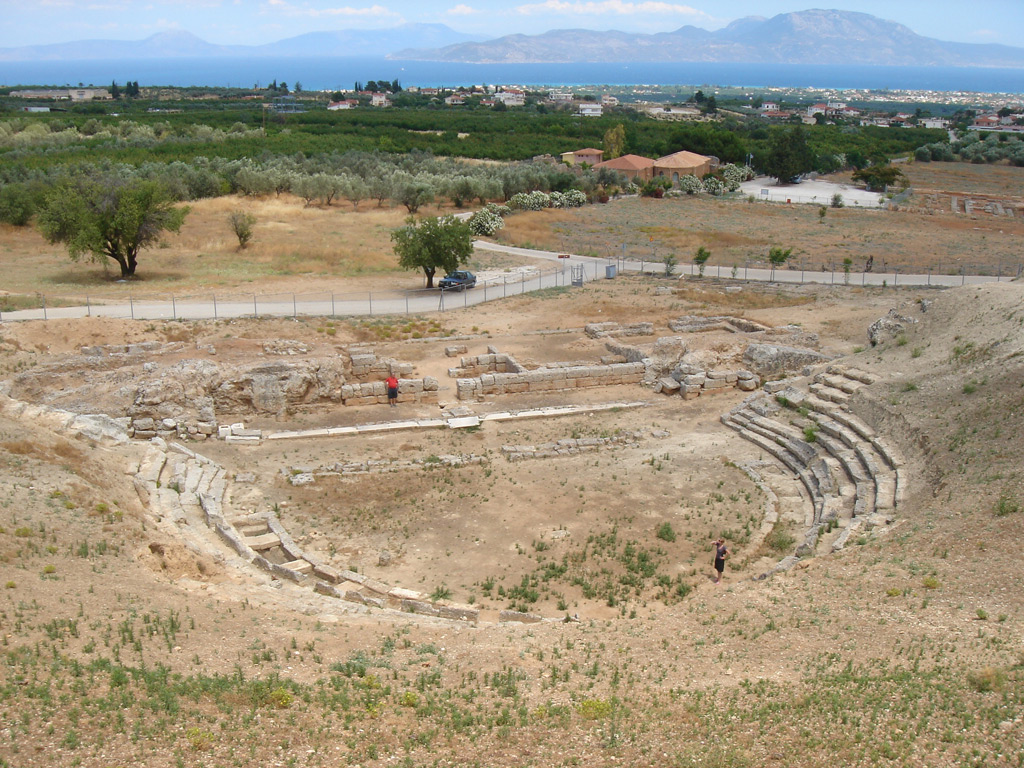
Click here for more, from the website of the Greek Ministry of Culture. Learn more about the theatre of Ancient Sikyon from this radio talk show from Skai Radio (in Greek).
Ancient Corinth and Akrokorithos (40 km)
The most important archeological site in our immediate vicinity is a sight you should not miss. Well preserved, with its main temple still standing and its agora distinguishable, it is well worth a quiet and contempletative walk.
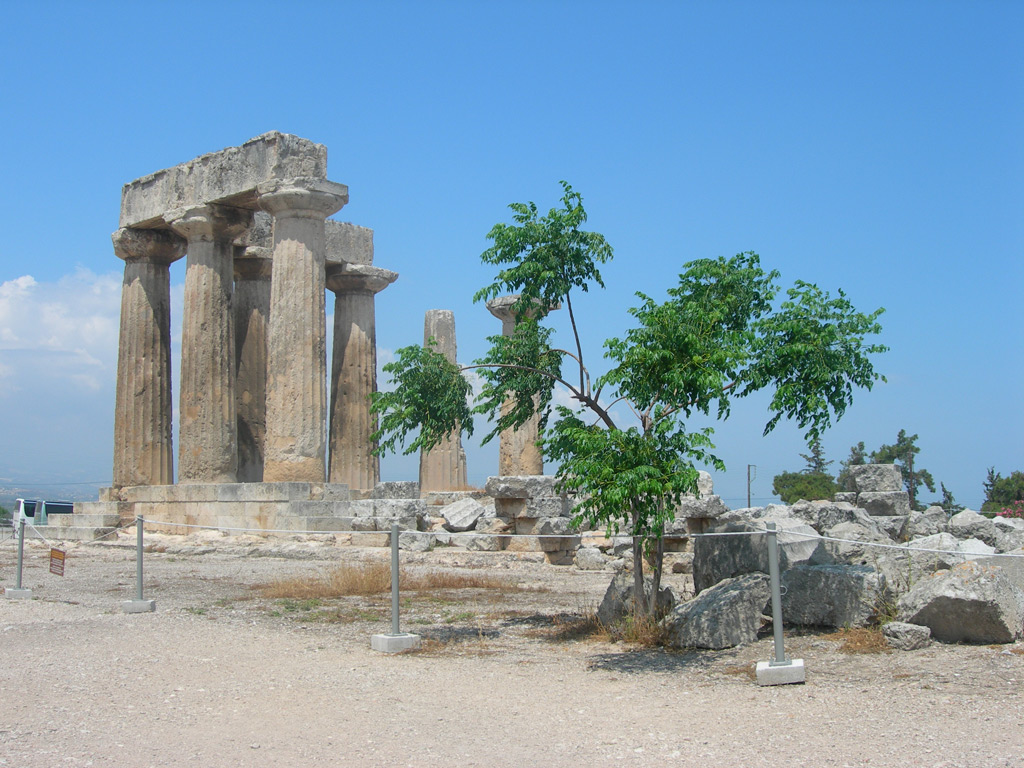
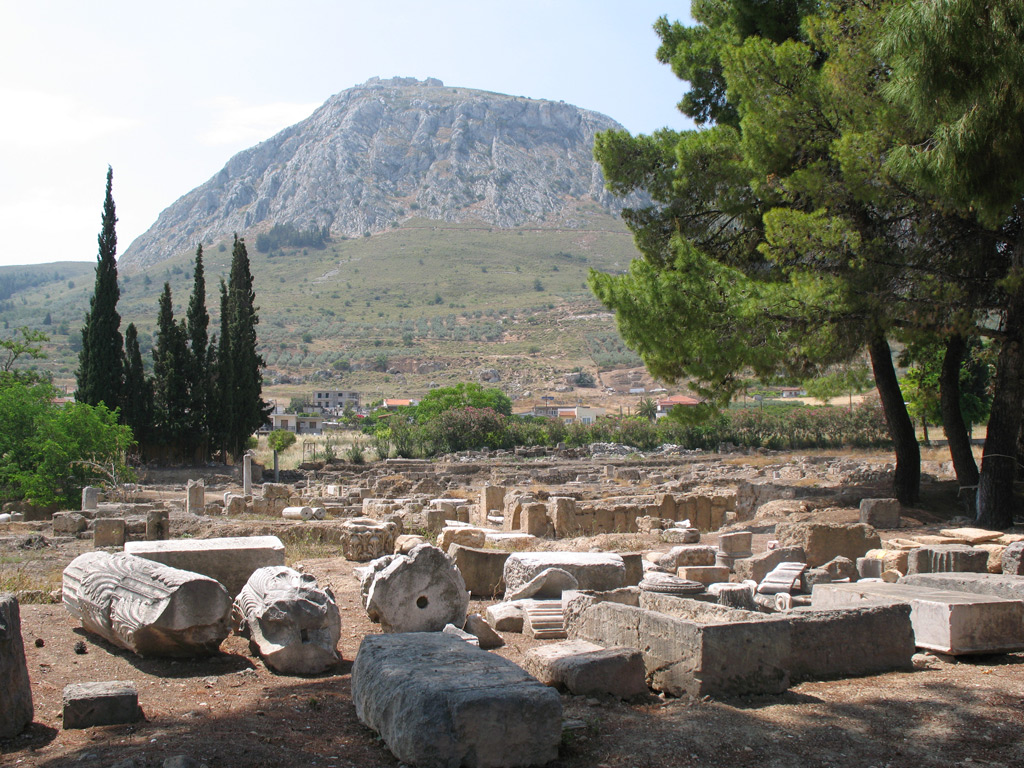
Remember that it is here that the Apostle Paul delivered his famous first epistle to the Corinthians (also called the Hymn to Love), where one reads the following beautiful lines:
Love is patient and kind;
love is not jealous or boastful;
it is not arrogant or rude.
Love does not insist on its own way;
it is not irritable or resentful;
it does not rejoice at wrong, but rejoices in the right.
Love bears all things,
believes all things,
hopes all things,
endures all things.
Love never ends;
as for prophecies, they will pass away;
as for tongues, they will cease;
as for knowledge, it will pass away.
A little further up the mountain is the Akrokorinthos, the acropolis of Ancient Corinth, from where the view of the sea below are also quite spectacular! Nothing much remains here from Antiquity,as the site was occupied by everyone who passed through this area: Turks, Francs etc. You can visit the frankish walls and the remains of their castle, as well as a small Turkish mosque.

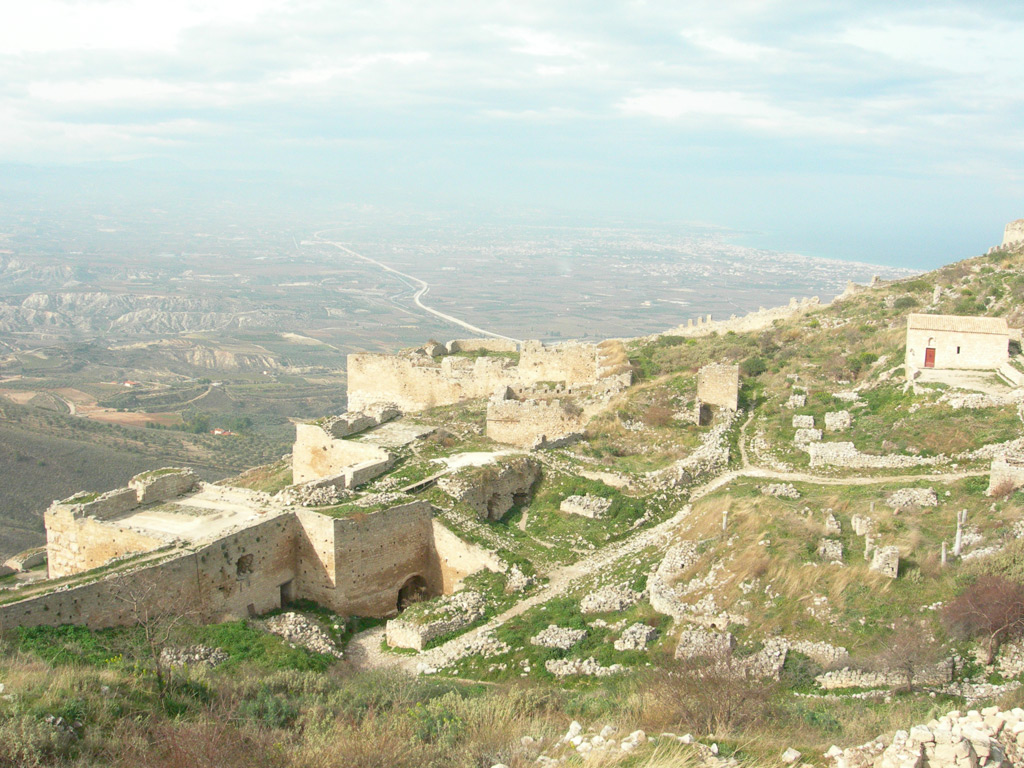
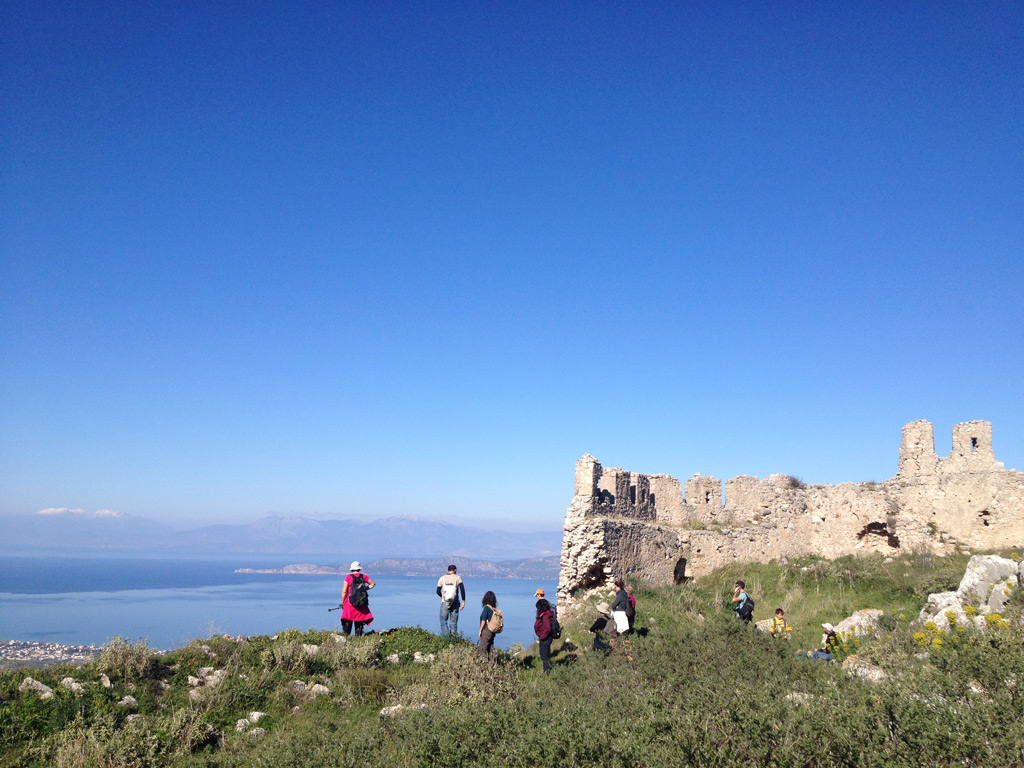
For more information on Ancient Corinth, click here to visit the site of the Ministry of Culture.
Ancient Stymfalia (45 km)
Ancient Stymfalia is on the shore of Lake Stymfalia, made famous by Hercules, who performed here one of his 12 labours, namely the slaying of the man-eating birds. The ruins of Ancient Stymfalia are being excavated by Canadian archeologist Prof. Hector Williams. Walking around the ruins you will the remains of houses, a theatre, a small temple and an an acropolis.
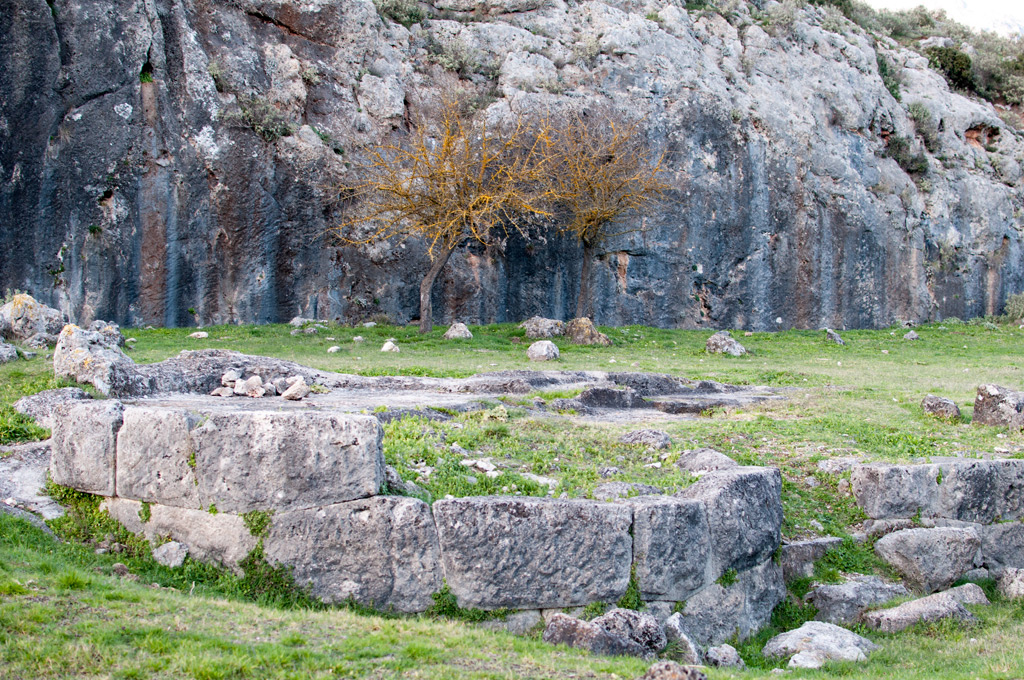
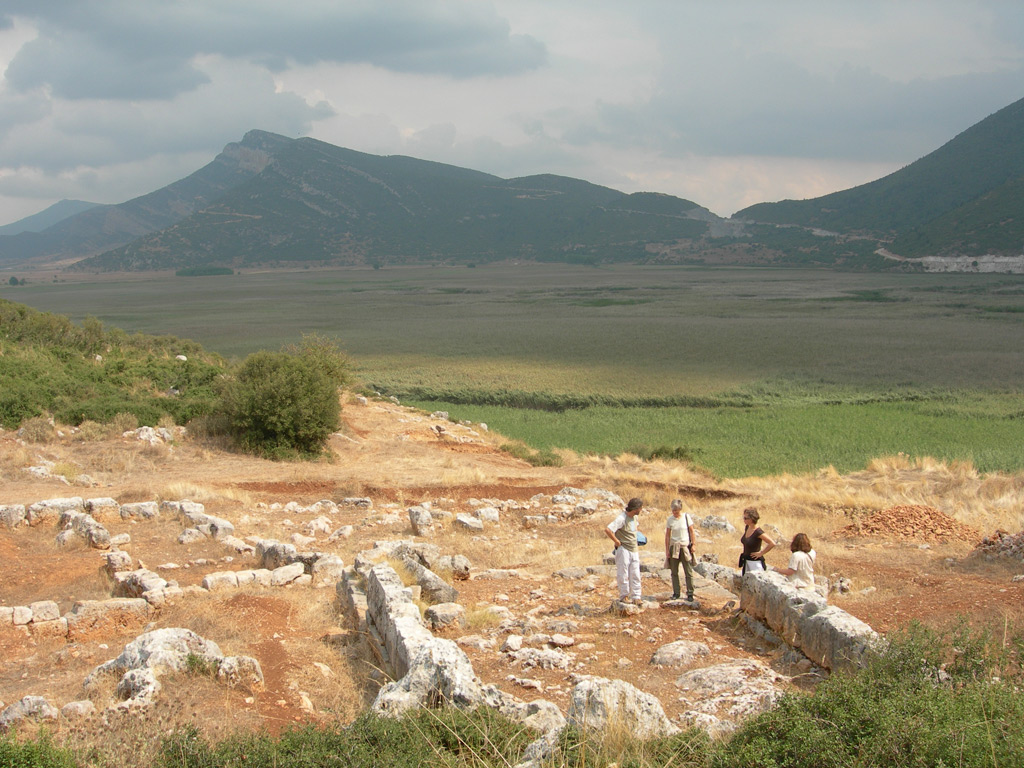
Ancient Aigeira (50 km)
Undoubtedly the highlight of Ancient Aigeira, excavated since the early 20th century by the Austrian Archeological Institute, is its well-preserved theatre facing the Gulf of Corinth and Ancient Delphi on the opposite side of the sea. The earliest findings on this site attest to a social life here since the Neolithic age, although the theatre itself was built during the 3rd century BC. This site is well-worth a visit, if only to sit in the theatre, stare at the deep blue below you and meditate!
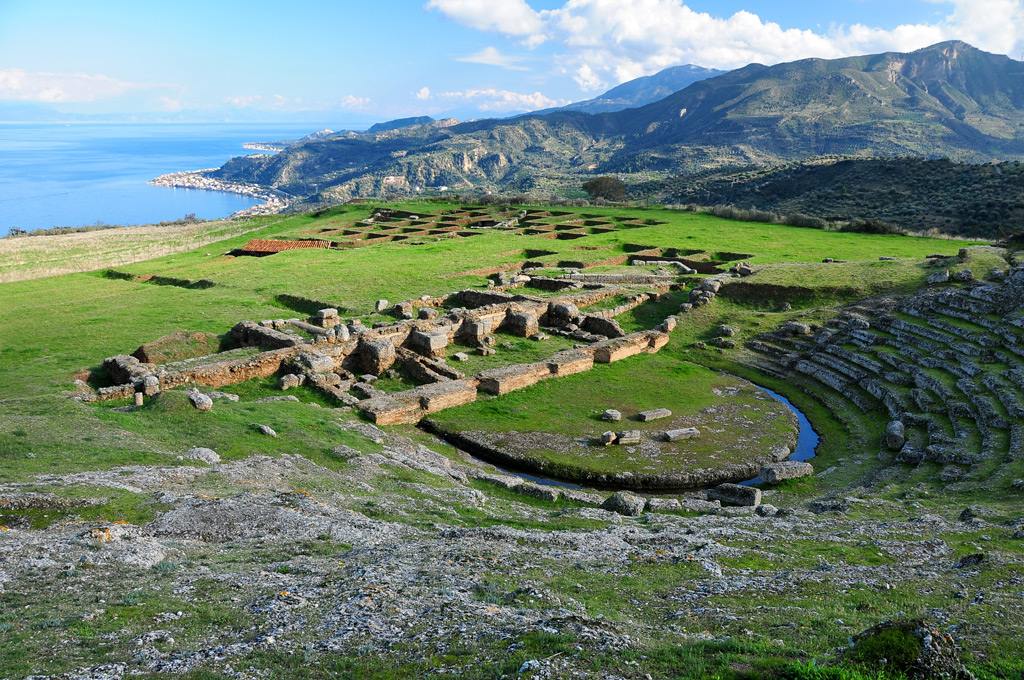
Learn more about the theatre of Ancient Aigeira from this radio talk show from Skai Radio (in Greek).
Heraion of Perachora (65km)
On a calm and sunny day there is hardly a more beautiful place that the Heraion of Perachora on the whole of the Corinthian coast.
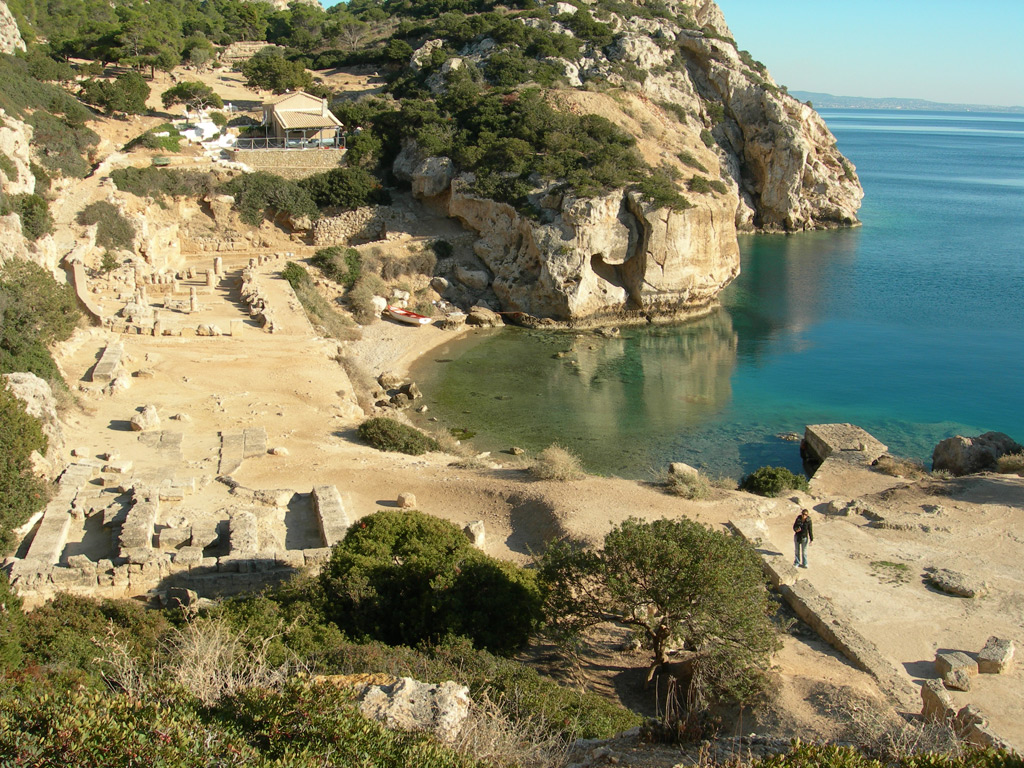 The sanctuary of goddess Hera, wife of Zeus, lies under a lighthouse, in the company of a very small and very picturesque church, in a secluded bay facing the city of Corinth. The ruins of the santuary are visible eveywhere: a temple, a cictern, a stoa…
The sanctuary of goddess Hera, wife of Zeus, lies under a lighthouse, in the company of a very small and very picturesque church, in a secluded bay facing the city of Corinth. The ruins of the santuary are visible eveywhere: a temple, a cictern, a stoa…
Ancient Nemea (75 km)
Another small but well-preserved ancient site, with a very pretty museum. You can visit here the religious complex, comprising a still-standing temple, and the ancient stadium. Very important games took place here in Antiquity, called the “Nemea”. A nice surprise is the “Aidonia treasure“, a collection of ancient antiquities stolen during the excavations and restored to Greece in 1993. A seperate wing was built in the museum to house them.
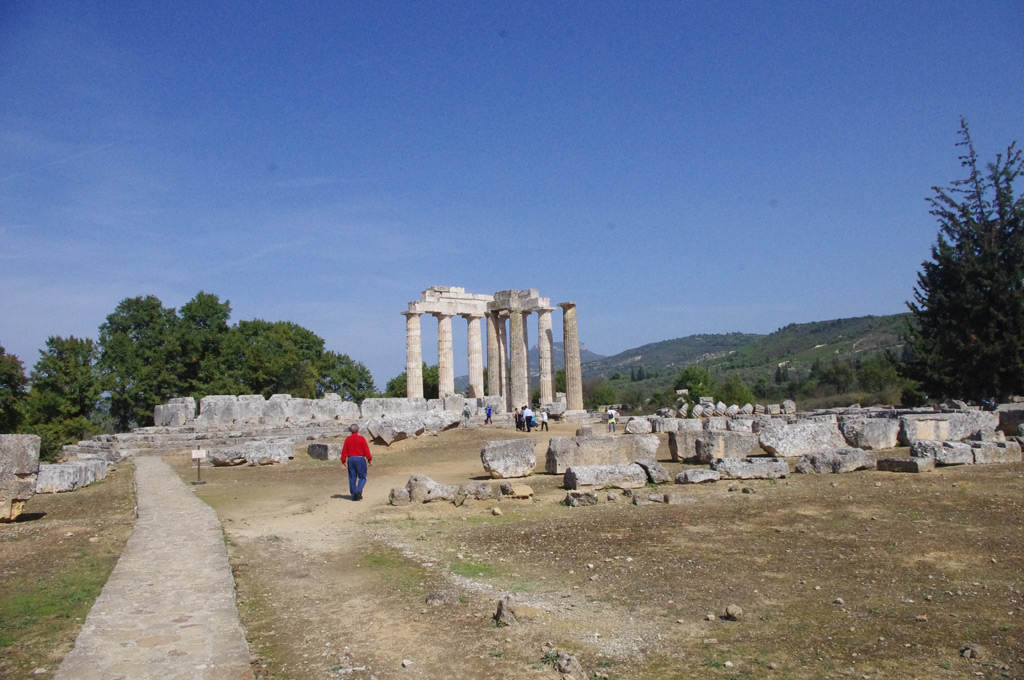
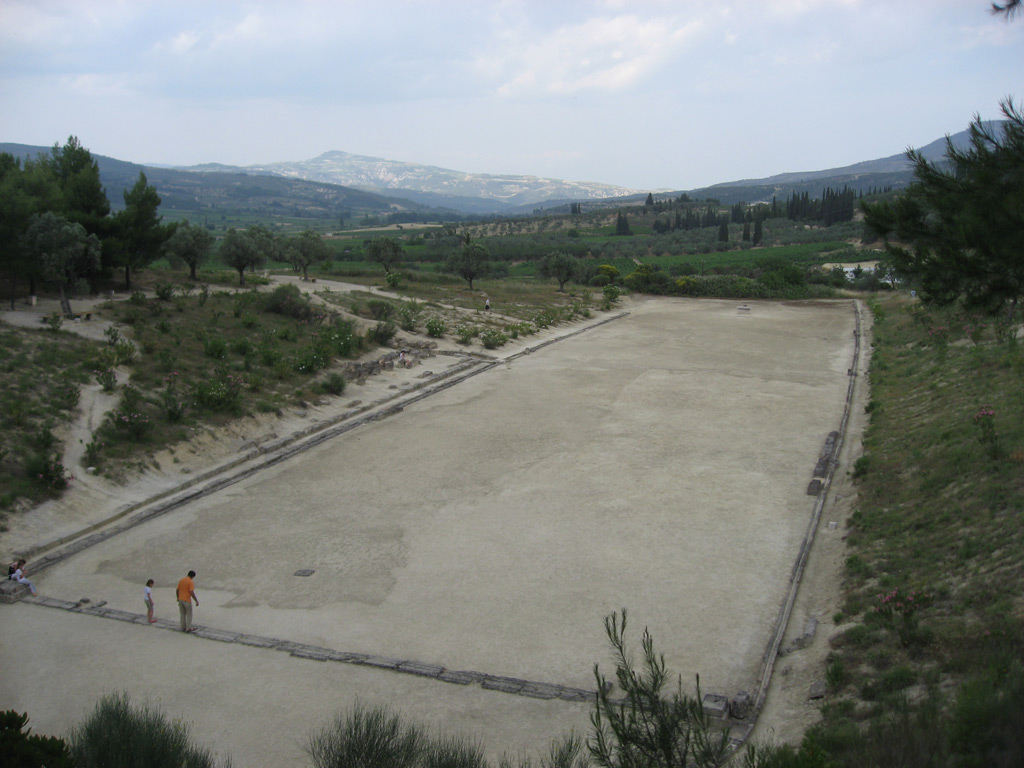

Mycenae (85 km)
Mycenae was given UNESCO world heritage ranking in 1999 and since then ranks among the world’s most important cultural sites. You have probably heard of the infamous Agamemnon, the leader of the Greeks in their long war against Troy (a war triggered by the abduction by Paris, the prince of Troy, of the beautiful Helen, wife of Agamemnon’s brother and king of Sparta, Menelaos). Mycenae was the capital of his kingdom. You may also have heard of Clytemnystra, his wife, who killed him when he returned from the war, and of Orestis, his son, who killed his mother to avenge his father.
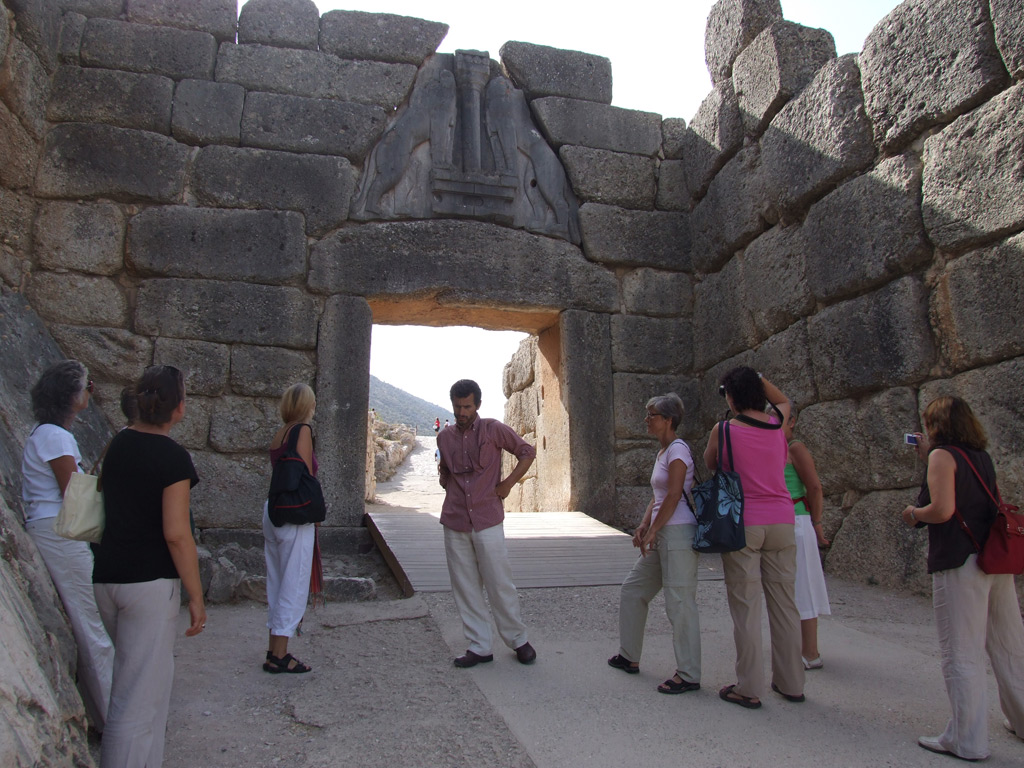
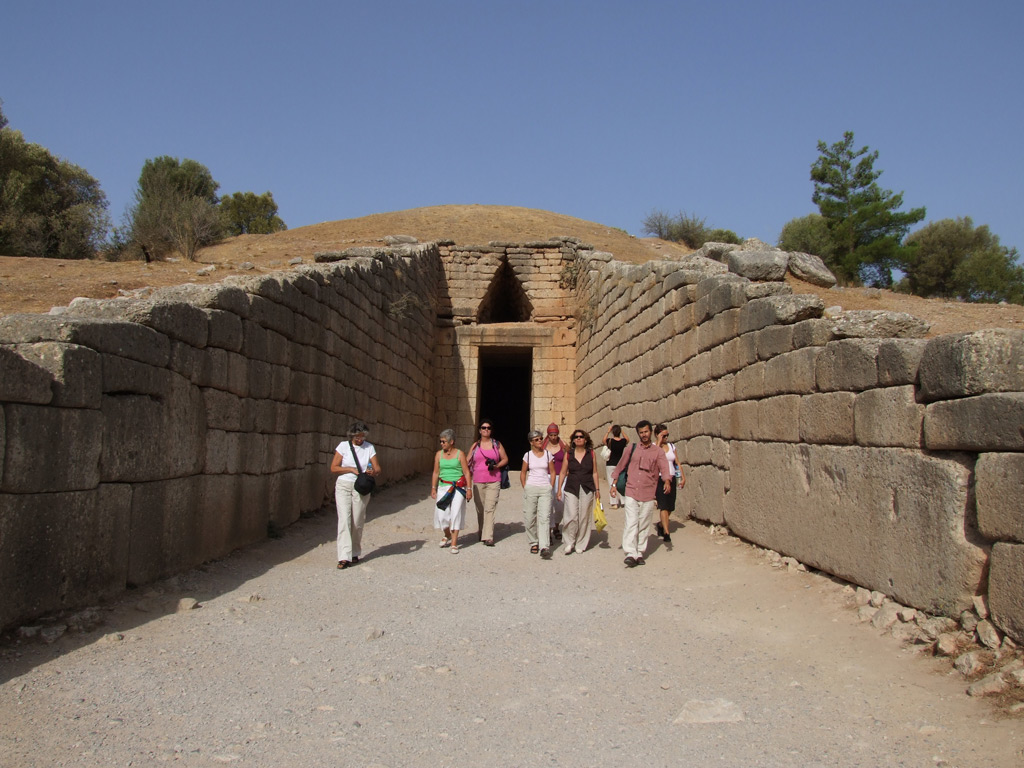
To read more about Mycenae click here (Greek Ministry of Culture).
Elefsina (90 km)
Elefsina was famous in Antiquity for its annual festival, called the “Eleusinian Mysteries”, which were ceremonies of initiation held every year for the cult of Demeter and Persephone. These ancient ceremonies, begun during the Mycenean period (1600 BC) lived on for 2000 years, up to the Roman period. The mysteries actually remain a mystery, as very little is know of what exactly happened during the initiation.
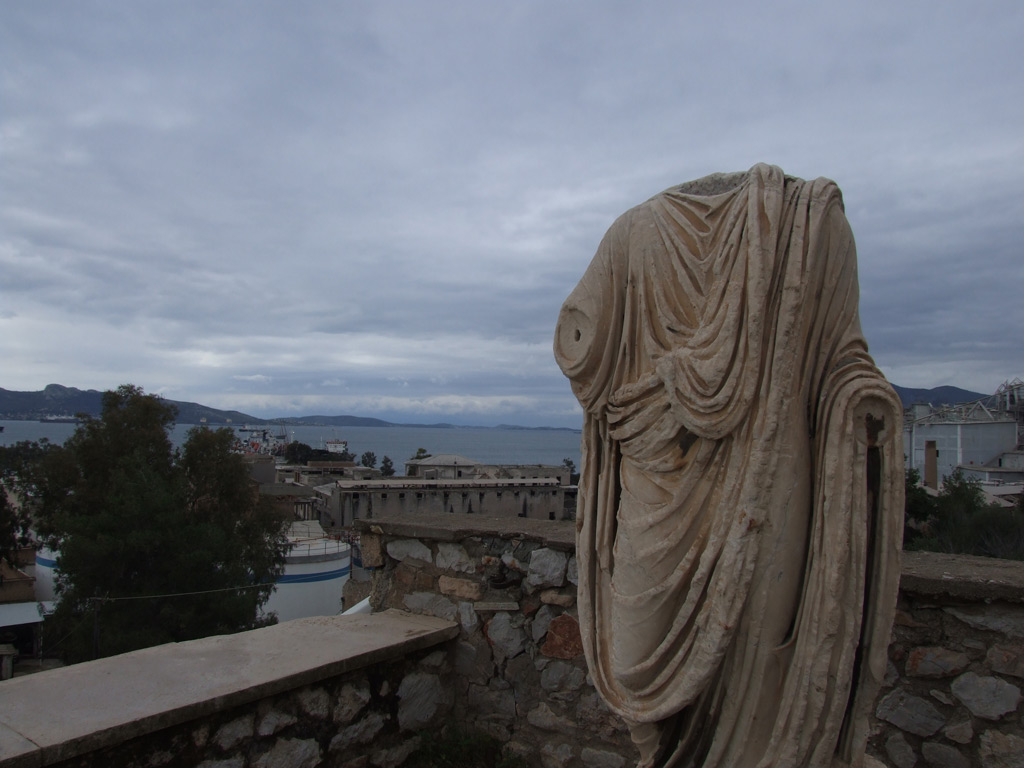
You pass Elefsina on your way to Athens, so it is a good idea to stop and have a look at the site and the Museum.
Epidaurus (110 km)
The ancient theatre of Epidaurus is a place you must visit at least once in your lifetime! The theatre itself is so well preserved that it is still used today; its setting, in the forest and with a great view of the surrounding mountains, is breathtaking and extremely calming. And finally, you must experiment with its renouned accustics, whose secrets the scientists are still pondering! If you are visiting Daphne’s Club in the summer, it is well worth also visiting the ancient theatre at night, for a performance. Apart from ancient tragedies, modern foreign language performances are sometimes staged here, including ballet.
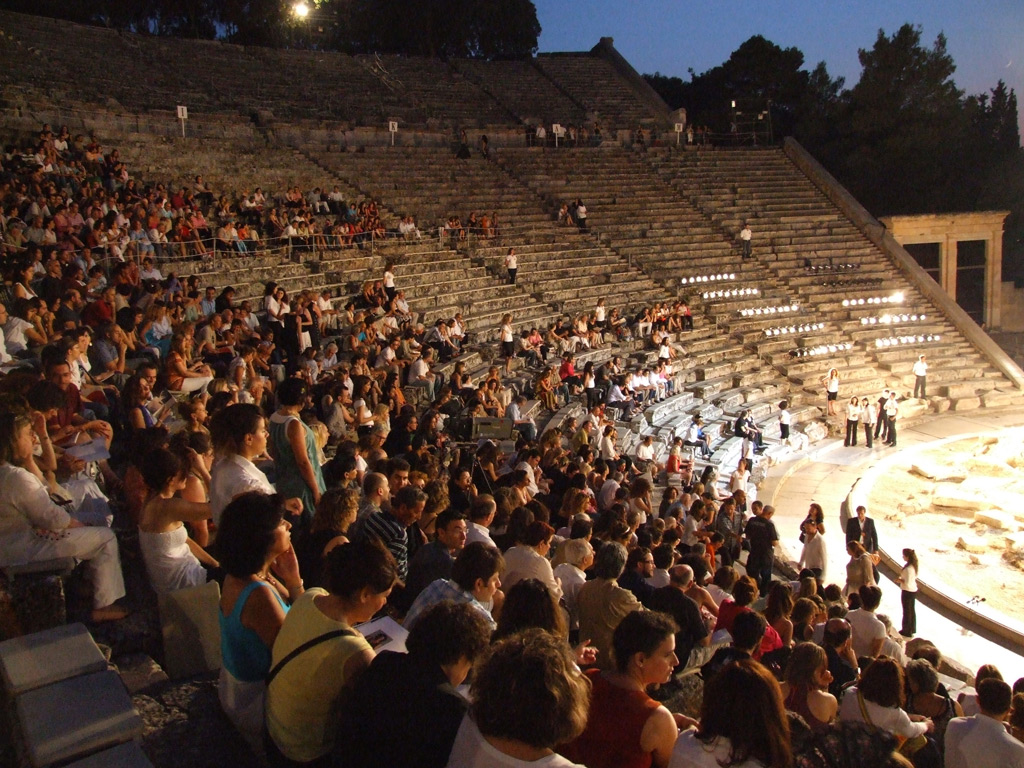

Epidaurus is also a UNESCO world heritage centre , and not for its theatre. The site also includes an “Asklepion”, a healing centre, and in fact the most famous and important healing centre of the Ancient and Roman worlds.
To read more about Epidavros click here (website of the Greek Ministry of Culture)
Athens (120 km)
There are simply too many beautiful ancient ruins to see in Athens! Start your tour of course at the Acropolis, then see the ancient theatre of Dionysos, the roman theatre of Herodus Atticus, the temple of Zeus, the Keramikos cementary, the Ancient Agora, the Roman Agora, Adrian’s Library and of course the Acropolis Museum… I could go on for quite a while! Even if you do not manage to visit all these sights, simply strolling along the pedestrian promenade that links them is a rare pleasure. Take your time and enjoy Athens!
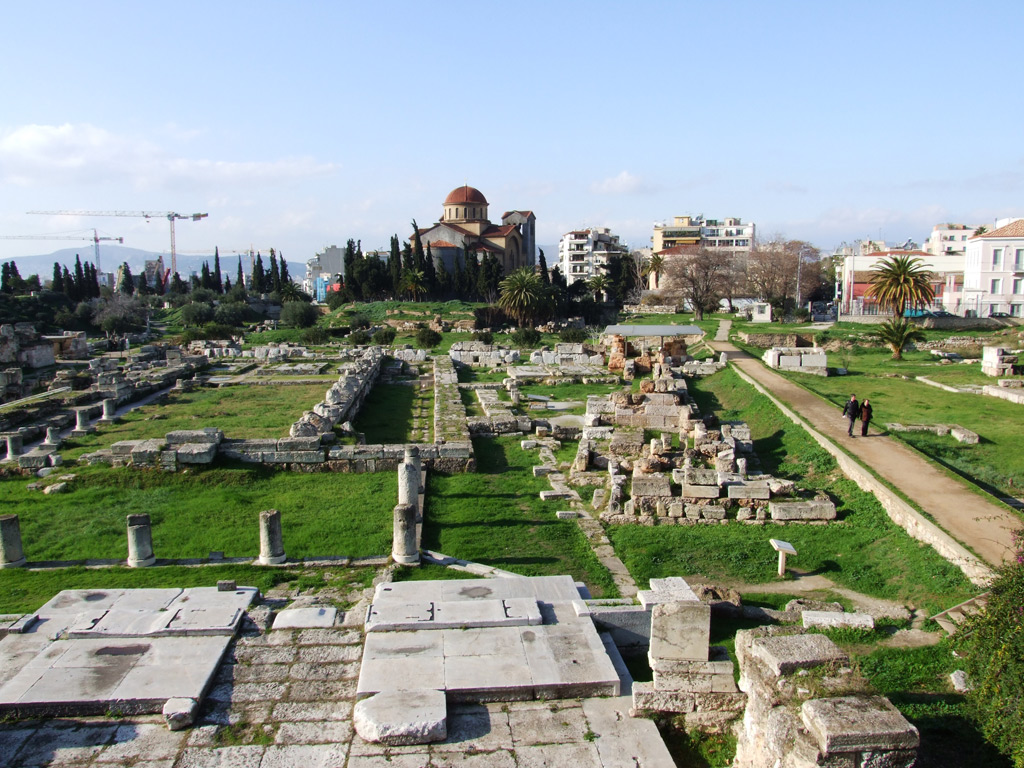

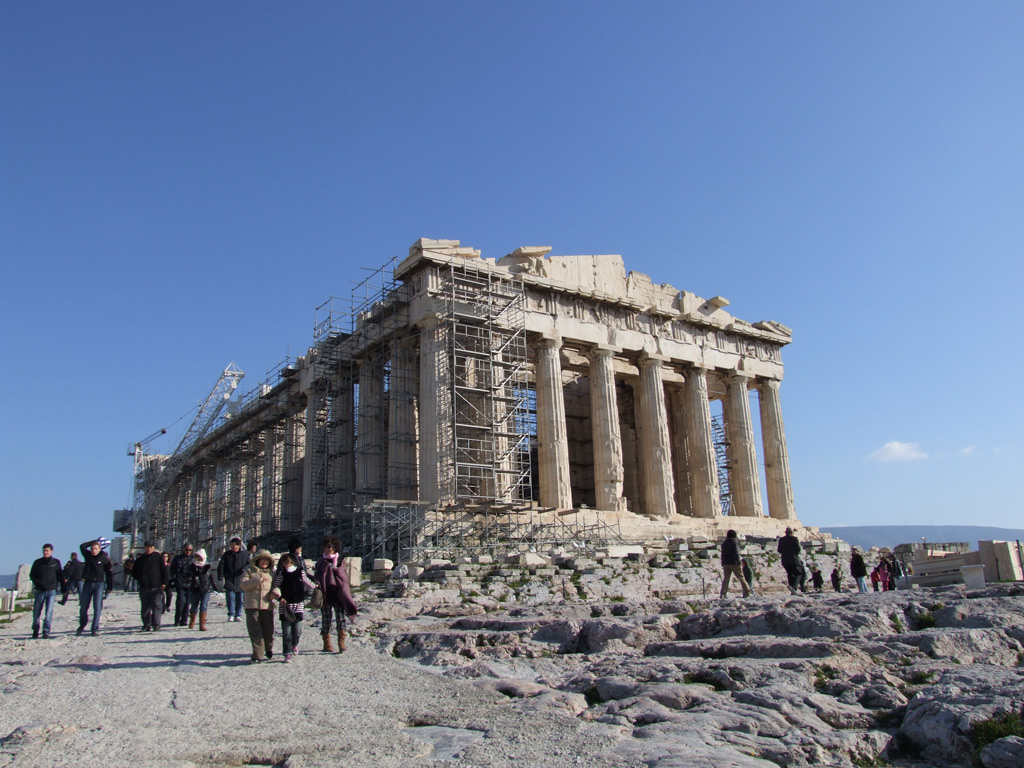
Then when you are done, we have a special tip for you: be it winter or summer, take a dip in Lake Vouliagmeni in one of Athens’ most posh suburbs. It has a constant temperature of approx. 23 degrees Celsius and its setting is breathtaking!
If you still have some time, or on another occasion, take a drive along the serpintine coastal road from Vouliagmeni to Sounio. Sounio is one of the most spectacular archeological sites of Greece and at the same time an awe inspiring natural setting. The sunset here is probably the best in the Athens area: you have the islands of the Saronic Gulf in front of you, with the sun setting by them, and the pure white marble of the temple of Poseidon (God of the Sea) behind you. What more can one ask for on one’s trip to Greece?!
The temple of Apollo Epicurius at Bassae (200 km)
There are many reasons to recommend a visit to this temple, the trip itself not the least of them! A windy road which crosses some of Greece’s most historically important and aesthetically pleasing villages in the Arcadian mountains leads you to this maginificently preserved enormous ancient temple. Pausanias, the ancient traveller who documented so much of the wonders of his time, considered it to be among the finest temples of the Peloponnese in terms of sheer beauty and harmony. It is dated to 420-400 BC and is believed to be the work of Iktinos, the architect who built the Parthenon in Athens.
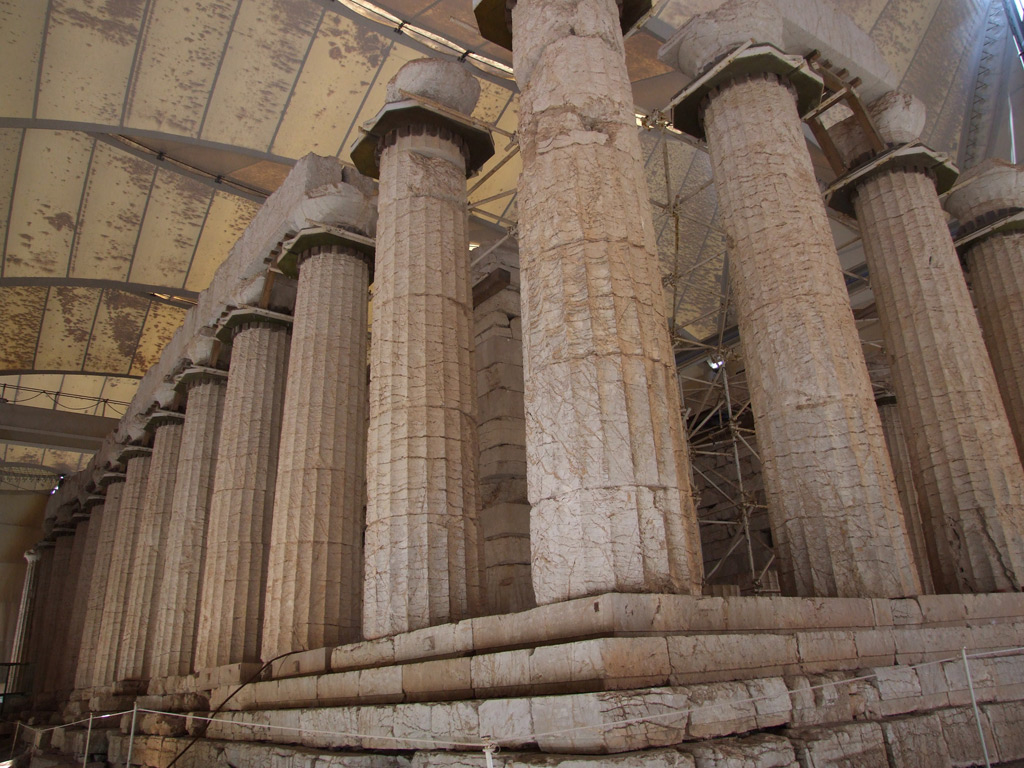
In 1986 it was proclaimed World Heritage Site by UNESCO . Since then it has been protected by a specially constructed tent, which unfortunately does not allow one to admire it from afar…
Delphi (220 km)
At the foot of the beautiful Mount Parnassos, lies Delphi, the seat of Antiquity’s most famous oracle. The site has a number of well-preserved monuments, such as a theatre, a stadium and a tholos, In its museum you will see the famous “Charioteer”, a beautiful statue of a beautiful young man!
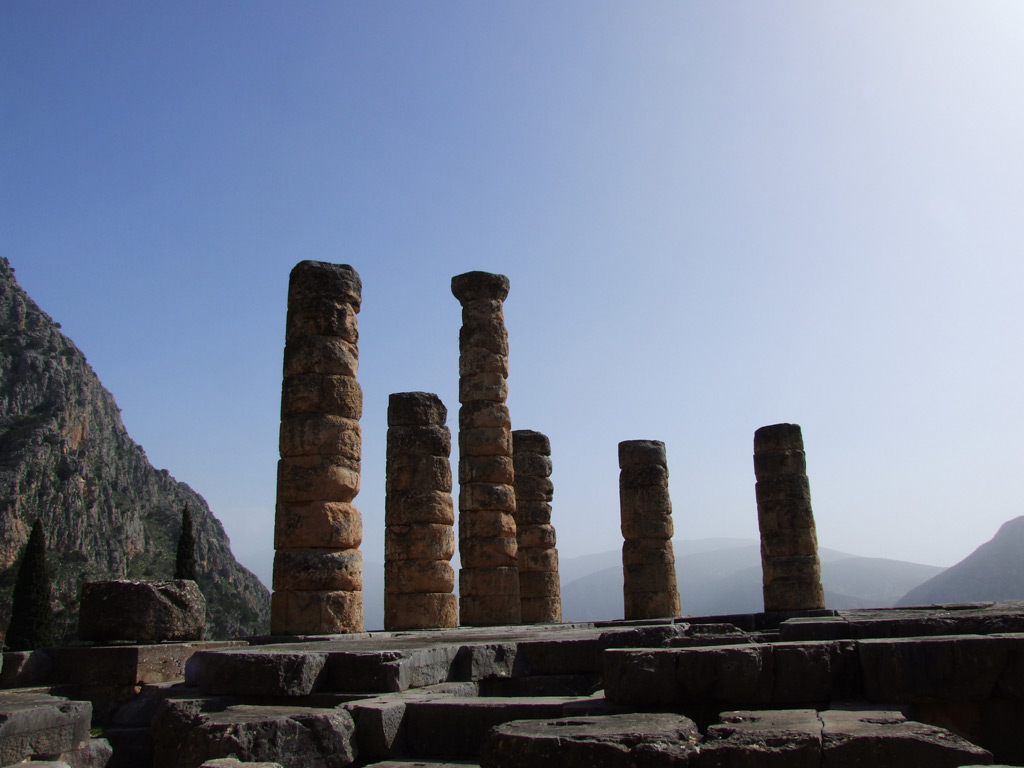
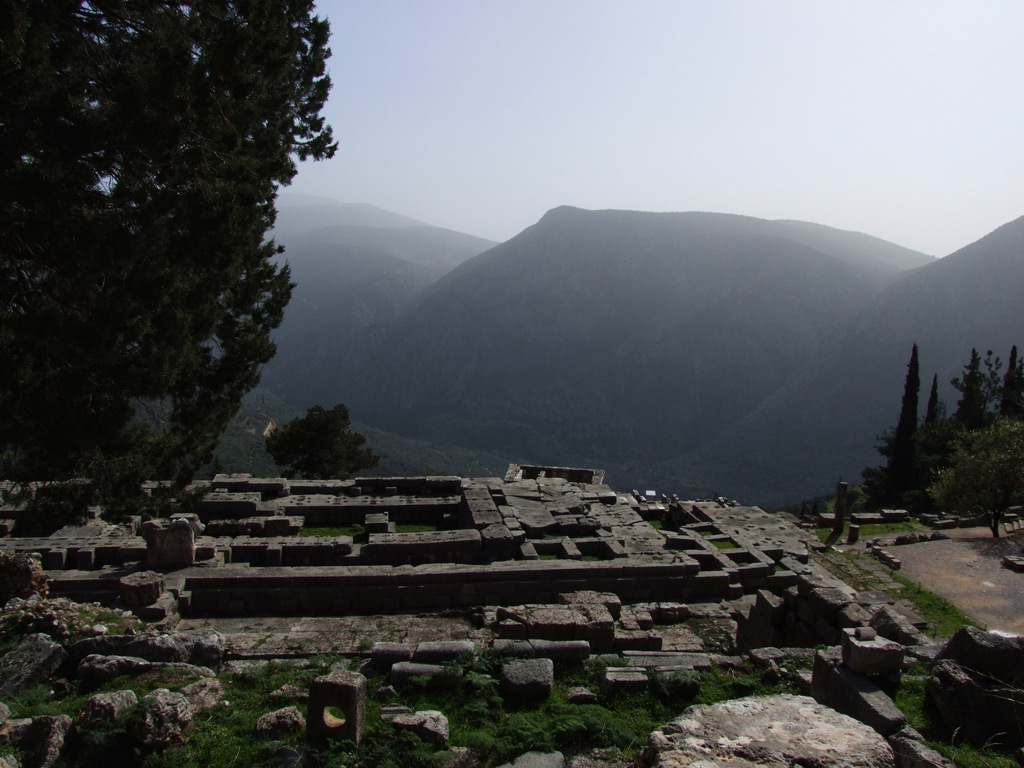
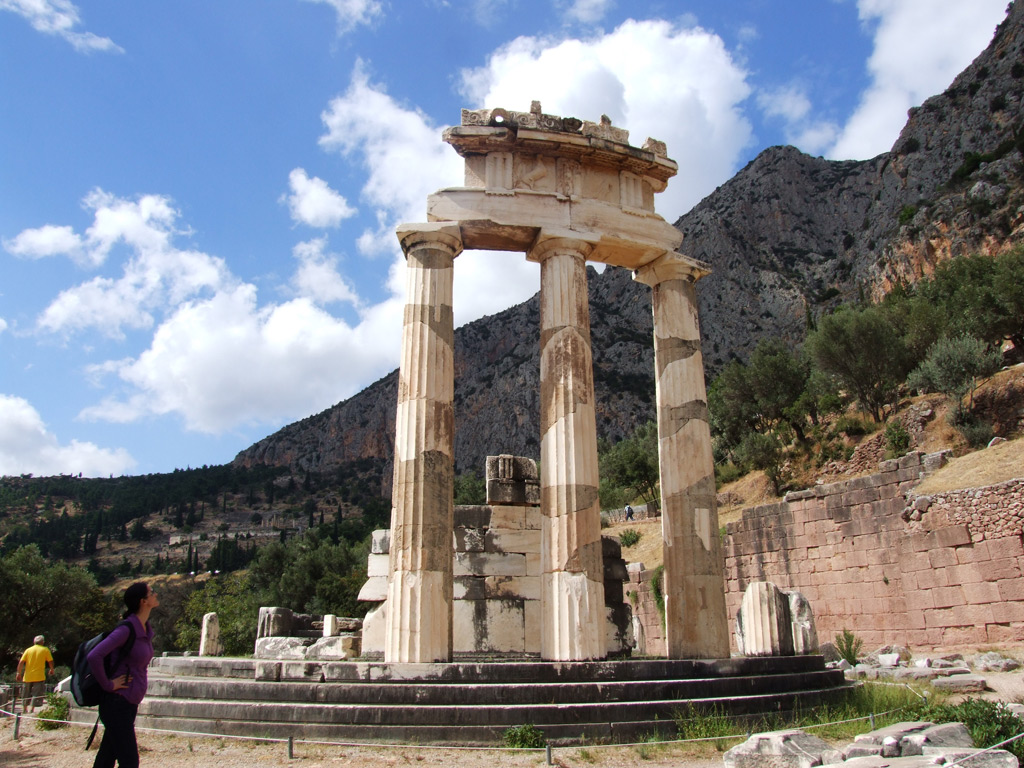
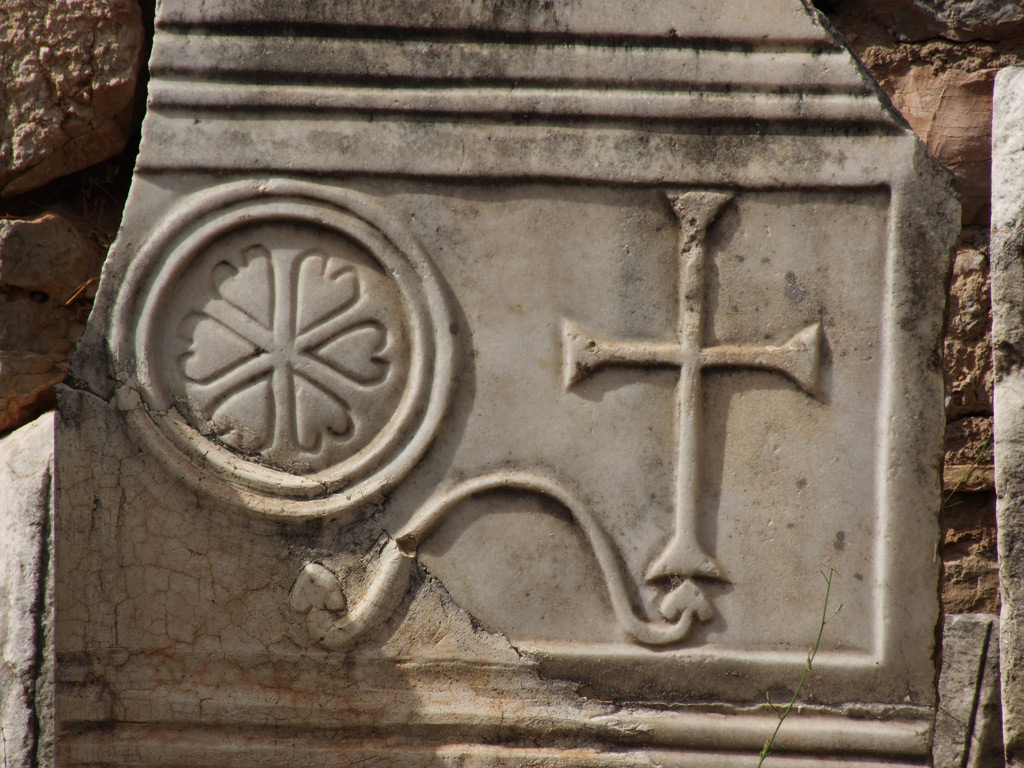
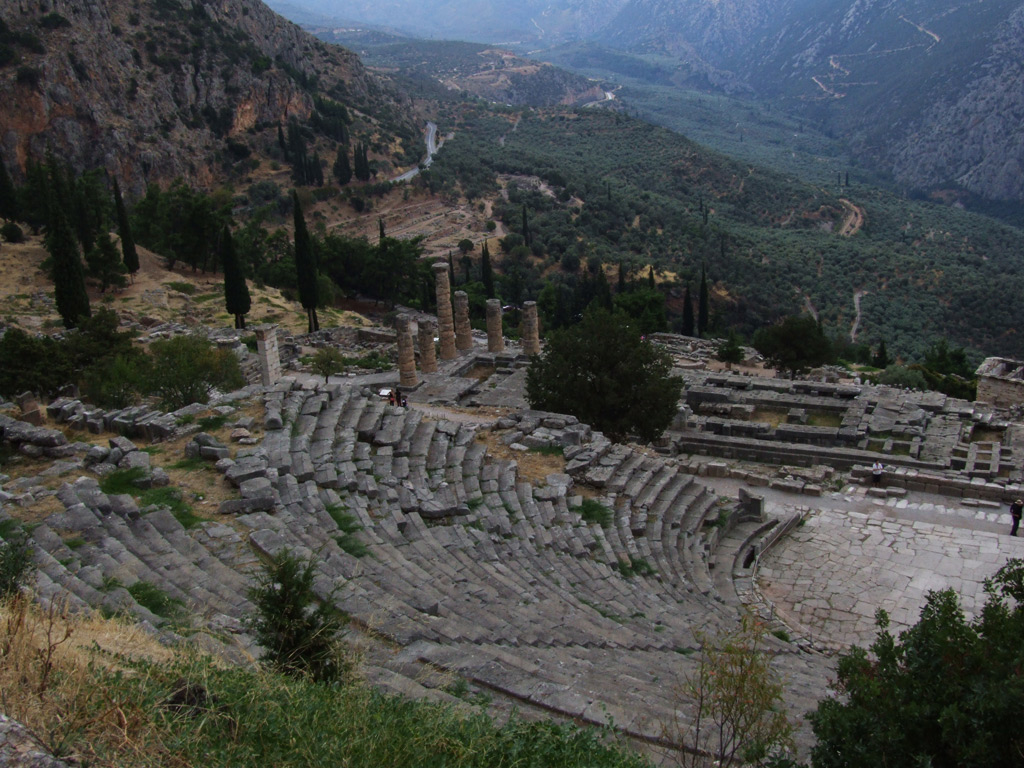
In the late 1920s Greek poet Angelos Sikelianos and his American wife Eva Palmer tried to restore the ancient Delphi Games. You should not fail to visit their house-museum in Delphi before returning to Daphne’s Club. And did you know that their second home, in which they conceived and rehearsed the games is next door to our hotel?!
Read more about Delphi at the Greek Ministryof Culture’s website here .
Olympia (240 km)
Olympia is probably the most famous archeological site in Greece, at least since the 2004 Summer Olympics. In Antiquity it was the site of the famous Olympic Games of Antiquity, which took place every 4 years. In fact they were so important that all wars stopped during that time.
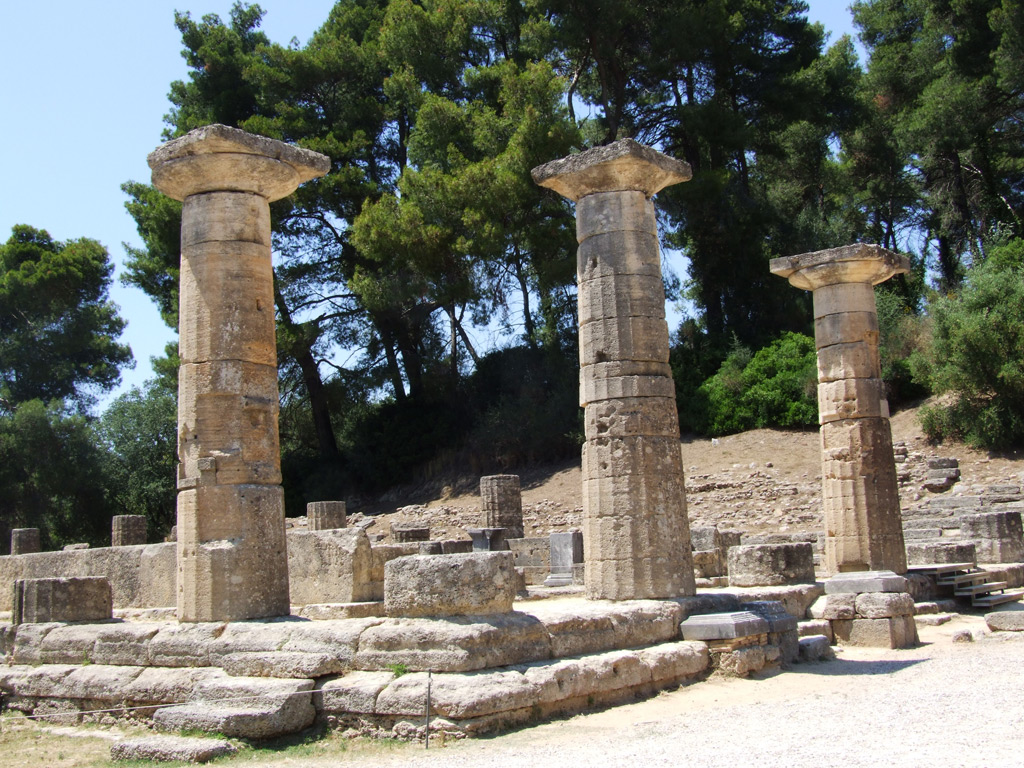
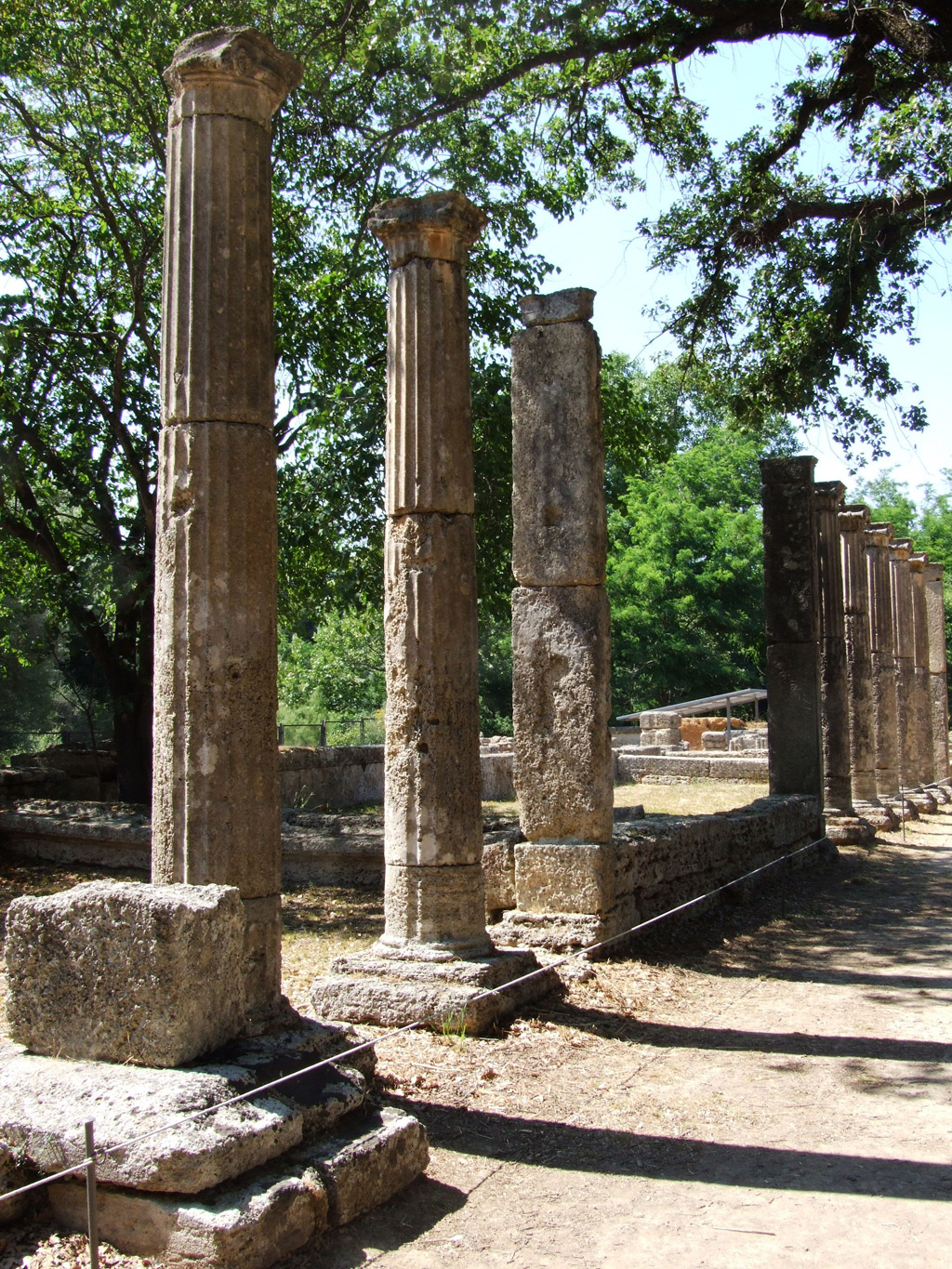
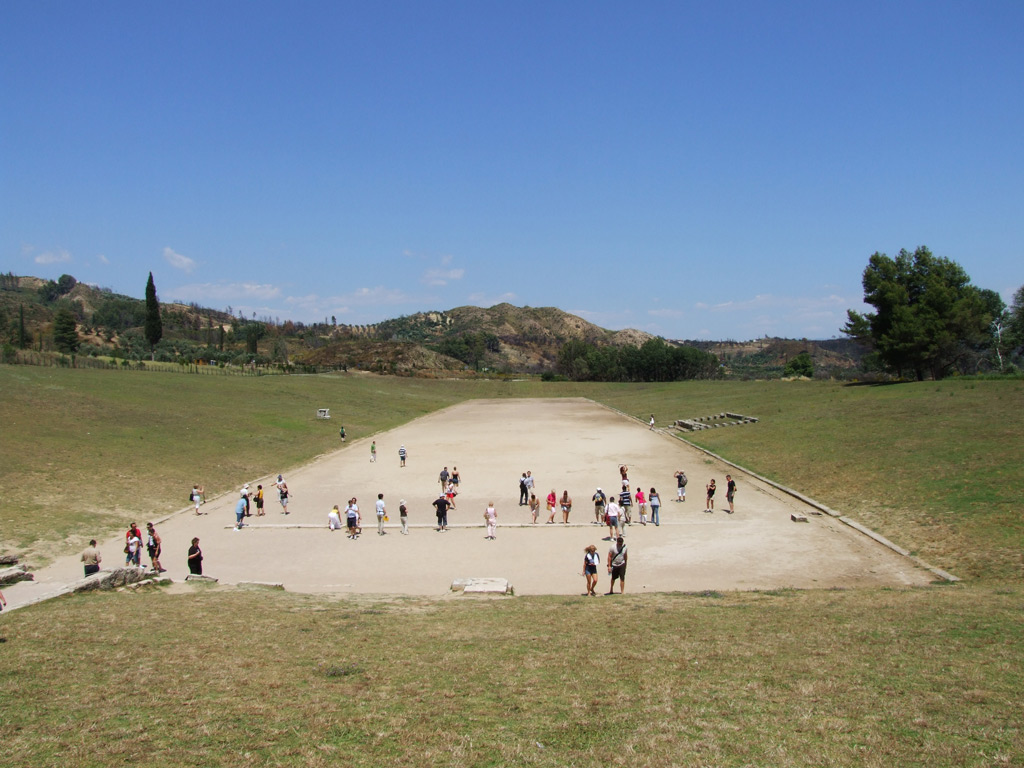

The most impressive monument in this site is the temple of Zeus. Its enormous stone columns fell to the ground during two earthquakes in the 6th centure AD and remain in their original fallen position, like domino blocks. The temple used to house an enormous sculpture of Zeus, made of gold and ivory. It was one of the 7 wonders of the ancient world. Unfortunately it was destroyed in a fire in Constantinople, where it was transported after the fall of the Ancient world.
You can read more about Olympia at the website of the Greek Ministry of Culture .

